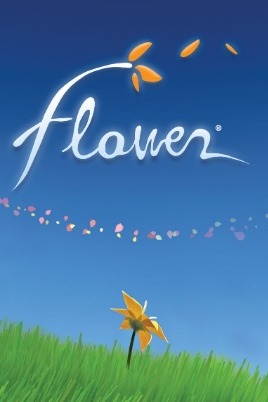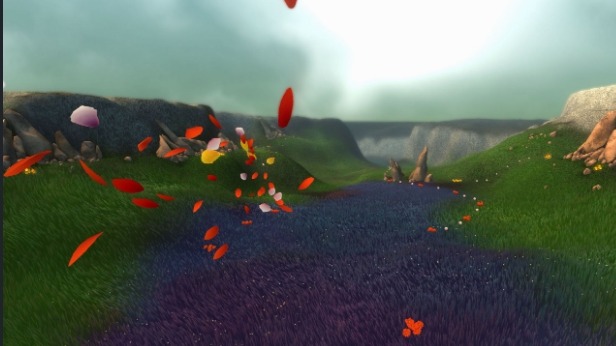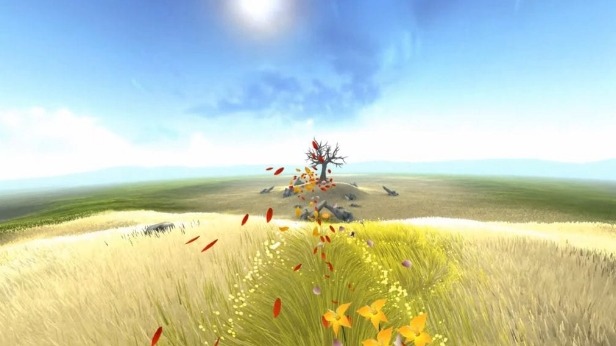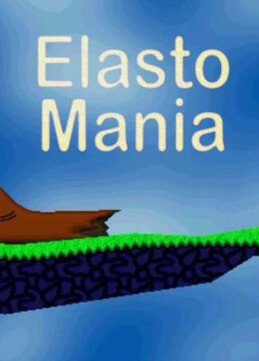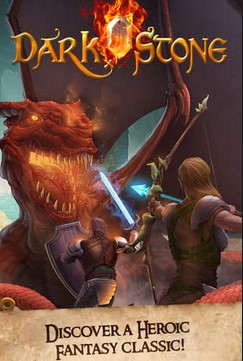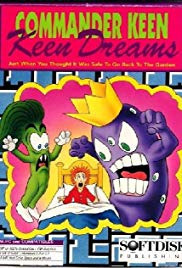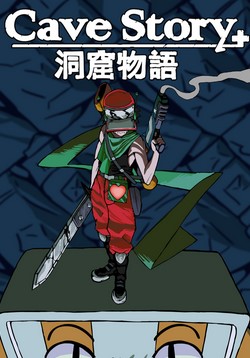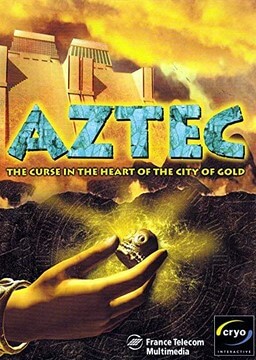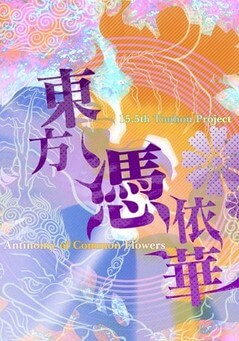Flower is divided up into six main levels and one credits level. Each level is represented by a flower in a pot on a city apartment windowsill, and upon selecting one the player is taken to the "dream" of that flower. Once inside a level, the player controls the wind as it blows a single flower petal through the air. Changes in the pitch and roll of the floating petal are accomplished by tilting the PlayStation 3 controller. Pressing any button blows the wind harder, which in turn moves the petal faster. The camera generally follows just behind the petal, though it sometimes moves to show a new objective or consequence of the player's actions.
Groups and lines of flowers are present in each level; approaching these with the petal causes them to bloom and a new petal to trail the first. When the player approaches certain flowers or groups of flowers, changes are made to the game world. These include opening new areas, transforming dead grassy areas to bright green fields, or activating wind turbines. These changes generally result in new flowers sprouting for the player to interact with. Flying through each flower results in a musical chime that harmonizes with the music. The music itself dynamically adjusts as changes are made to the world. The more flower petals the player has trailing the lead petal, the faster the petals move. It is impossible for the player to lose a level or any progress. The game features no enemies, hit points, or time limits. A single play-through of the game takes approximately one hour.
Although no speech or text is used anywhere in the game aside from credits and interaction hints in the main menu, the six flower dreams follow a narrative arc. The player's starting location in each stage appears to be near the ending location of the previous one, and through the course of the game the player approaches a distant city. The first levels focus on restoring life and color to the landscape. After activating a series of windmills, the player flies through a nighttime field, illuminating darkened strings of lights until they reach the city. The city is full of menacing metal structures, small arcs of electricity, and washed-out buildings; the player enlivens the city in the final two levels and transforms it into a bright and cheerful place.
As the player progresses through the different levels of the game, the city viewed through the apartment window in the level selection screen gradually becomes more vibrant and colorful. If the player triggers three secret flowers in each level, the cityscape is replaced with a bright field with mountains in the background. The music changes in scope as the game progresses, growing in scale and complexity and adding to the narrative arc. The credits level is played in a similar manner to the main levels, but as the player flies through each flower the name of a person involved in the game appears above it. Flower includes PlayStation Network trophies in keeping with the game's feel. While some are objective-based, many are centered on relaxing and watching the scenery.
Development
Flower was developed as a spiritual successor to Flow, a 2006 Flash game created by Jenova Chen and Nicholas Clark while the two were students at the University of Southern California. Flow was later developed into a PlayStation 3 game by Thatgamecompany in 2007 and a PlayStation Portable game by SuperVillain Studios in 2008. Flower was Thatgamecompany's "first game outside the safety net of academia". It was first announced at the Tokyo Game Show on September 24, 2007, and was released on the PlayStation Network on February 12, 2009. Flower was intended primarily to provoke positive emotions in the player, and to act as "an emotional shelter". Six to nine people were involved at varying stages of development. Chen, who co-founded Thatgamecompany with game producer Kellee Santiago, was the creative director in charge of the game, while Clark was the lead designer. Chen described the game as "an interactive poem exploring the tension between urban and nature". He decided on the "nature" theme early in the development process, saying that he "had this concept that every PlayStation is like a portal in your living room, it leads you to somewhere else. I thought; wouldn't it be nice if it was a portal that would allow you to be embraced by nature".
Before beginning work, the development team commissioned two pieces of music that they felt would inspire the right emotional tone for the game to guide their efforts. They created a number of prototypes, including concepts focused on growing flowers and based around human consciousness. The team decided that a prototype centered on petals floating in the wind best captured the emotions they wanted to evoke. They made keeping the player in a peaceful emotional state their design focus, and removed elements that frustrated players such as petal collection requirements to unlock levels and game mechanics that were too traditional and made the players too excited. The team tried to not place any barriers in the levels, allowing the player to go anywhere in an open world but realized that without a few guidelines, such as the camera focusing on new flowers or segmenting the levels, players became confused and frustrated. Chen described the process as "almost like we wanted to throw away the traditional game design, but we end up picking up all the pieces we threw away and putting them back because we know those are actually needed to deliver a good guided experience". The overall development time was two years, but the team spent three quarters of that time in the prototyping stage. After deciding on the game elements, Flower was produced in only six months.
